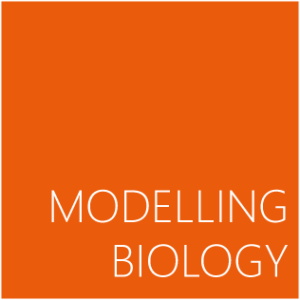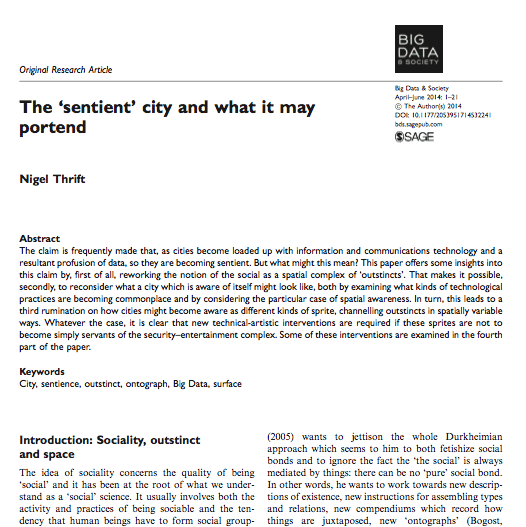A preview of our “Counting by other means” 4S/EASST conference track has been posted on the Society of Social Studies of Science Backchannels blog. I’m running the track with Sarah Kember and we’re excited to have these papers included: (more…)
Tag: computation
On Counting
Kat Jungnickel kindly invited me to a two day meeting as part of her continuing series of Transmissions and Entanglements events. Amidst others working through new methods and processes, here’s what I had to say for myself on counting:
What is it to count and to be counted?
One way I have made sense of my work over the last 10 years at Microsoft has been to see it as a way of getting to grips with counting and in some ways coming to terms with being counted.
(more…)
Published Modelling Biology – working through (in-)stabilities and frictions
Just had our paper on Computational Biology published in the online journal Computational Culture.
Alex S. Taylor, Jasmin Fisher, Byron Cook, Samin Ishtiaq and Nir Piterman (2014) Modelling Biology – working through (in-)stabilities and frictions. Computational Culture, 1 (4).

Abstract: Computational biology is a nascent field reliant on software coding and modelling to produce insights into biological phenomena. Extreme claims cast it as a field set to replace conventional forms of experimental biology, seeing software modelling as a (more convenient) proxy for bench-work in the wet-lab. In this article, we deepen and complicate the relations between computation and scientific ways of knowing by discussing a computational biology tool, BMA, that models gene regulatory networks. We detail the instabilities and frictions that surface when computation is incorporated into scientific practice, framing the tensions as part of knowing-in-progress—the practical back and forth in working things out. The work exemplifies how software studies—and careful attention to the materialities of computation—can shed light on the emerging sciences that rely on coding and computation. Further, it puts to work a standpoint that sees computation as tightly entangled with forms of scientific knowing and doing, rather than a wholesale replacement of them.
Reading The “sentient” city and what it may portend
A rambling piece in Big Data & Society by Nigel Thrift: The ‘sentient’ city and what it may portend.

Wasn’t expecting the digression into spirits and performance art, but I do like Thrift’s continual efforts to write about expansive human/agent capacities and extending the .
…the claim is being made that, as computational objects have developed, cities are able to take on new forms of vitality (Stern, 2010), forms of vitality which can develop over time. Perhaps one way in which we might consider this ques- tion is precisely through looking at how vitality devel- ops when computational things are explicitly included in the contours of experience. Then it becomes clear that it has only gradually arisen, line by line, algorithm by algorithm, program by program.